Staatliche Kunstsammlungen Dresden opens three new exhibitions to celebrate the Bauhaus anniversary year
DRESDEN.- In the Bauhaus anniversary year, three exhibitions pursue historic and contemporary questions on the theme of space, display, and constructivist art. The exhibition "Visionary Spaces: Kandinsky, Mondrian, Lissitzky and the Abstract-Constructivist Avant-Garde in Dresden 1919–1932” brings together master works from international museums. In the center of the show are spatial designs by Piet Mondrian and El Lissitzky, which were created for Dresden in 1926. This is also the starting point for new works by contemporary artists. The historical designs are the intellectual framework for a confrontation with different categories of space as geometric form and as a social place.
Visionary Spaces: Kandinsky, Mondrian, Lissitzky and the Abstract-Constructivist Avant-Garde in Dresden 1919–1932
In Paris in 1926, Piet Mondrian designed a boudoir for the Dresden collector Ida Bienert in a way that had never been seen before, while in Moscow El Lissitzky conceived of a room for abstract art in a comparably visionary spirit for the International Art Exhibition Dresden. The Albertinum now invites you to enter the groundbreaking and internationally known spatial designs from that time. The unique experience of these rooms – constructed both historically as well as virtually – is at the center of the exhibition. With major works by Vasily Kandinsky, Piet Mondrian, and El Lissitzky as well as by Lyonel Feininger, Paul Klee, László Moholy-Nagy, Oskar Schlemmer and further artists, who were present in Dresden between 1919 and 1932, the Albertinum now makes accessible the intensive collecting and exhibition activities of abstract-constructive art of this time in Dresden.
Wassily Kandinsky, Rot, 1924. Öl auf Karton, 70,6 x 40,8 cm, Emanuel Hoffmann-Stiftung. © Emanuel Hoffmann-Stiftung, Depositum in der Öffentlichen Kunstsammlung Basel, Foto: Bisig & Bayer, Basel
Wassily Kandinsky, Schweres Rot, 1924. Öl auf Karton, 58,7 x 48,7 cm, Kunstmuseum Basel. © Kunstmuseum Basel.
Wassily Kandinsky, Analytische Zeichnung nach einer, Fotografie, Feder in Tusche auf Transparent papier, 16,5 x 16,2 cm, Kupferstich-Kabinett, Staatliche Kunstsammlungen Dresden.
“Visionary Spaces: Kandinsky, Mondrian, Lissitzky and the Abstract-Constructivist Avant-Garde in Dresden 1919–1932” comprises around 180 works, including paintings, drawings and graphics, reliefs, sculptures, photographs, books, and documents. Works are on view from the Kunstmuseum Basel, the Nationalgalerie in Berlin, the Gemeente Museum Den Haag, the State Tretyakov Gallery in Moscow, the Centre Pompidou in Paris, the mumok in Vienna, the Kunsthaus Zürich, the Kupferstich-Kabinett of the Staatliche Kunstsammlungen Dresden, as well as 40 other museums and private collections. Furthermore, the exhibition tells hitherto little-known stories about Dresden art dealers, collectors, and exhibition makers – and their significant desire for the new. It traces how the formal approaches of a radical renewal of art in the 1920s, which are based on different social-utopian ideas, led to different abstract and constructive art movements.
Charlotte Rudolph, Gret Palucca, 1925, Fotografie, Silbergelatine, 16,4 x 16,4 cm, Kupferstich-Kabinett, Staatliche Kunstsammlungen Dresden. © SKD, Repro: Andreas Diesend
Naum Gabo, Model for 'Rotating Fountain', 1925, zusammengesetzt 1986. Metall und Plastik, 44 x 40 x 40 cm, Tate, London © Tate, London 2018.
Lyonel Feininger, Ober-Reißen, 1924. Öl auf Leinwand, 50,7 x 77,5 cm, Sprengel Museum Hannover. © bpk | Sprengel Museum Hannover | Michael Herling | Aline Gwose.
Paul Klee, Kleines Schloss, gelb/rot/braun, 1922/49. Ölfarbe und Aquarell auf Papier auf Karton, 30,3 x 25,3 cm, Staatliche Museen zu Berlin, Nationalgaleri e, Museum Berggruen, Leihgabe aus Privatbesitz. © bpk | Museum Berggruen, Privatbesitz | Jens Ziehe
It is scarcely known, for example, that in an educational institution in the former Festspielhaus Hellerau (Hellerau Festival House) in 1924 and 1925, in addition to expressionist works, a hall for constructive art with pictures by Lissitzky was shown. The show in the Albertinum addresses significant exhibitions like the “Constructivist Exhibitions” at Galerie Emil Richter in 1923, the first solo exhibition of Piet Mondrian in Germany at the Kunstausstellung Kühl & Kühn in 1925, and the anniversary exhibition of Kandinsky’s 60th birthday in the Galerie Ernst Arnold. The Galerie Neue Kunst Fides frequently exhibited Bauhaus masters in contemporary exhibition architecture and rooms designed by Hinnerk Scheper. At the Albertinum, this design idea of the Bauhaus teacher is taken up in order to present groups of works by artists whose art was still controversial in their time on a 48-meter-long color-divided wall. Of the Dresden private collectors who were early adherents of the new tendencies in art, Ida Bienert was likely the most important patron of abstract-constructivist art. As a supporter of the Bauhaus and full of enthusiasm for ideas related to New Building and Living (Neues Bauen und Wohnen), in 1925 she commissioned Piet Mondrian with the design of a room in her family’s villa in Dresden-Plauen. Although the space could never be realized, the unique design drawings for it are preserved in the collection of the Kupferstich-Kabinett and, together with Mondrian's paintings, form a highlight of the exhibition.
Piet Mondrian, Farbentwurf für den Salon der Ida Bienert (Axono Deckfarben, Tusche, Bleistift, 37,6 x 56 cm, Kupferstich-Kabinett, Staatliche Kunstsammlungen Dresden. © SKD, Foto: Herbert Boswank.
Piet Mondrian, Komposition mit Rot, Blau und Gelb, 1930. Öl auf Leinwand, 45 x 45 cm, Kunsthaus Zürich, Geschenk Alfred Roth, 1987. © Kunsthaus Zürich
Lissitzky’s Room for Constructive Art, which was originally planned as a prototype and has now been historically reconstructed in the Albertinum, aimed to increase the appreciation of what was then the most recent and still controversial works of art. With this “Demonstration Room” Lissitzky wanted on one hand to avoid the floridness of typical exhibition spaces and on the other hand to encourage an active and conscious viewing of art. Vertically mounted wooden slats painted in different colors made the pictures appear on white, gray, or black ground, depending on the point of view. Because the paintings that were exhibited in this room in 1926 were destroyed, lost, over-painted, or are too fragile to transport, in the current presentation, paintings by Hungarian, Russian, and Romanian artists, including Ljubow Popowa, Alexander Rodchenko and Lajos d’Ebneth are shown among others.
The Raum_Labor (Spatial Laboratory), which belongs to the exhibition, finally invites the audience to make their own creative experiments. Lectures, city walks, dance performances and offers for school groups complete the program.
El Lissitzky, Raum für abstrakte Kunst, Internationale Kunstaus, Kupferstich-Kabinett, Staatliche Kunstsammlungen Dresden. © SKD, Foto: Alexander Paul Walther, Repro: Andreas Diesend.
El Lissitzky, Proun 1 D, um 1919. Öl auf Leinwand, auf Sperrholz, 71,6 x 96,1 cm, Kunstmuseum Basel, Schenkung aus der Sammlung Oskar und Annie Müller-Widmann 1965. © Kunstmuseum Basel
El Lissitzky, Proun 6, um 1920. Öl auf Leinwand, 81 x 59 cm, Kulturstiftung Sachsen-Anhalt - Kunstmuseum Moritzburg Halle (Saale). © Kulturstiftung Sachsen-Anhalt - Kunstmuseum Moritzburg Halle (Saale), Foto: Punctum/Bertram Kober
El Lissitzky, Proun 93, um 1923, Bleistift, Tusche, Gouache, Farbstifte, 49,9 x 49,7 cm Kulturstiftung Sachsen-Anhalt, Kunstmuseum Moritzburg Halle (Saale). © Kulturstiftung Sachsen-Anhalt, Kunstmuseum Moritzburg Halle (Saale)
Heimo Zobernig, Piet Mondrian: A Spatial Appropriation
For the atrium of the Albertinum, Heimo Zobernig (*1958 in Mauthen, Austria, lives and works in Vienna) has developed a walk-in spatial installation composed of colored surfaces. Its design harkens back to three sketches by the artist Piet Mondrian, made for a room in the villa of the Dresden art collector Ida Bienert, which is presented as part of the exhibition Visionary Spaces at the Albertinum. For the walls of the room, Mondrian forsaw a grid that should be painted with yellow, blue, red, and grey color fields. Zobernig transfers this foundational design principle of Mondrian into a walk-in cube that corresponds to the original dimensions of the room and is composed of a construction of nested wooden panels.
At the same time, Zobernig repeats the design of the inner space on its surfaces and makes Mondrian’s unexecuted design now able to be experienced spatially and sculpturally.
Heimo Zobernig has repeatedly dealt with geometric abstraction like that of Piet Mondrian. In a painting series begun in 2000, Zobernig examines the grid as the guiding artistic form since modernity with materials like acrylic paint and tape. A selection of paintings from this series will be exhibited to accompany his installation at the Albertinum.
Piet Mondrian, Farbentwurf für den Salon der Ida Bienert, (Axonometrie I), 1926. Deckfarben, Tusche, Bleistift, 37,6 x 56 cm, Kupferstich-Kabinett, Staatliche Kunstsammlungen Dresden. © SKD, Foto: Herbert Boswank
Heimo Zobernig in Kooperation mit Eric Kläring, Piet Mondrian. Eine räumliche Aneignung, 2019. Isometrischer Plan der Raum-Installation für den Lichthof des Albertinum. © VG Bild-Kunst, Bonn 2019
Heimo Zobernig, Ohne Titel, 2010. Tape, Acryl, Leinwand, 100 x 100 cm, Archiv HZ. © VG Bild-Kunst, Bonn 2019; Galerie Nagel Draxler.
Heimo Zobernig, Ohne Titel, 2016. © VG Bild-Kunst, Bonn 2019; Galerie Nagel Draxler.
Heimo Zobernig, Installationsansicht, Österreichischer Pavillon, Archiv HZ. © VG Bild-Kunst, Bonn 2019
Heimo Zobernig, Installationsansicht, Kunsthaus Bregenz, 2015. © VG Bild-Kunst, Bonn 2019, Foto: Markus Tretter
Demonstration Rooms: Interventions by Céline Condorelli, Kapwani Kiwanga, and Judy Radul
The artists Céline Condorelli, Kapwani Kiwanga, and Judy Radul were invited, within the framework of the project Demonstration Rooms, to develop artistic interventions in the Albertinum’s collection presentation. In different spaces of the museum they show newly-comissioned site-specific works that direct attention to those elements of the exhibition that otherwise would be easily overlooked: benches, light, plinths, and the transparent walls of the viewing depot. The new works deal with habits of seeing and of spatial perception.
Céline Condorelli (*1974 in Paris, France, lives and works in London) researched seating furniture that has shaped the nature of spending time in the Albertinum in different decades. Six of these different seating furnitures were found in the museum’s storage and were newly designed by the artist. These are integrated in the exhibition tour as both functional and sculptural seating arrangements together with seating developed especially for the Albertinum, a series of drawings, as well as a selection of historic exhibition views of the Albertinum.
Kapwani Kiwanga’s (*1978 in Hamilton, Ontario, Canada, lives and works in Paris) installation cites the gridded skylight in the room in which a brilliantly colored painting cycle by the impressionist Max Slevogt (1868-1932) is exhibited, which was created on a trip to Egypt in 1914. Kiwanga positions an illuminated, gridded cube centrally in the gallery space, whose light is oriented towards daylight in Egypt. It illuminates an arrangement of differently colored, large panels that borrow the colors from two paintings from Slevogt’s series: from the multi-faceted blue of the sky to ochre-colored sand and earth tones up to those colors used to define the skin of two Sudanese women. With her work, Kiwanga focuses on the relationship between real space, pictorial space, and exhibition space and the related questions of perception.
Judy Radul (*1962 in Lillooet, British Columbia, Canada, lives and works in Vancouver) reflects current media-specific habits of seeing that are shaped by frontality and flatness in a video installation in the transparent viewing depot in the entrance of the Albertinum. The viewing depot presents a part of the sculpture collection in a space that is not accessible to the visitor, but viewable through a large glass window. Radul installs cameras in different positions in this depot, that film parts of sculptures that otherwise aren’t visible for the viewer. These images are transmitted live onto a monitor that stands in front of the depot. The monitor is part of an installation of plinths that come from the holdings of the Albertinum, which in turn receive new pedestals from the artist. The result is a system that visualizes the hierarchies of showing as well as the associated relation to the observer. The intervention project “Demonstration Rooms” takes up the ideas of El Lissitzky, who used this concept for his spatial works, among them his Room for Constructivist Art, which was created as an exhibition space for the International Art Exhibition Dresden in 1926. With his unconventional spatial design Lissitzky pursued the goal of encouraging an active consideration of art. The progressive designs of Mondrian and Lissitzky have the potential to stimulate new thinking to this day.

/https%3A%2F%2Fprofilepics.canalblog.com%2Fprofilepics%2F1%2F0%2F100183.jpg)
/https%3A%2F%2Fstorage.canalblog.com%2F03%2F02%2F119589%2F96711876_o.jpg)
/https%3A%2F%2Fstorage.canalblog.com%2F11%2F31%2F119589%2F94773502_o.jpg)
/https%3A%2F%2Fstorage.canalblog.com%2F20%2F83%2F119589%2F94772815_o.jpg)
/https%3A%2F%2Fstorage.canalblog.com%2F26%2F72%2F119589%2F75604929_o.jpg)
/https%3A%2F%2Fstorage.canalblog.com%2F59%2F60%2F119589%2F26458628_o.jpg)




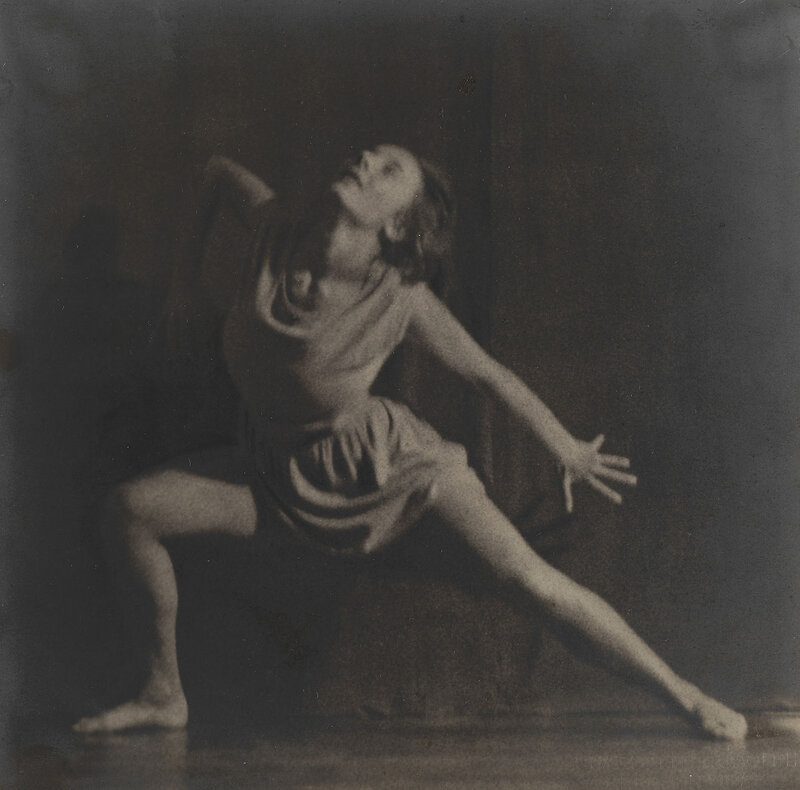


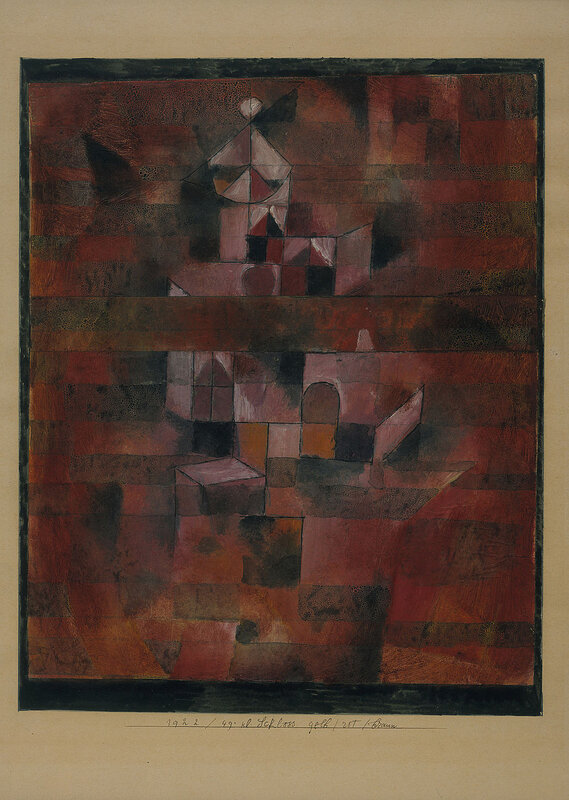

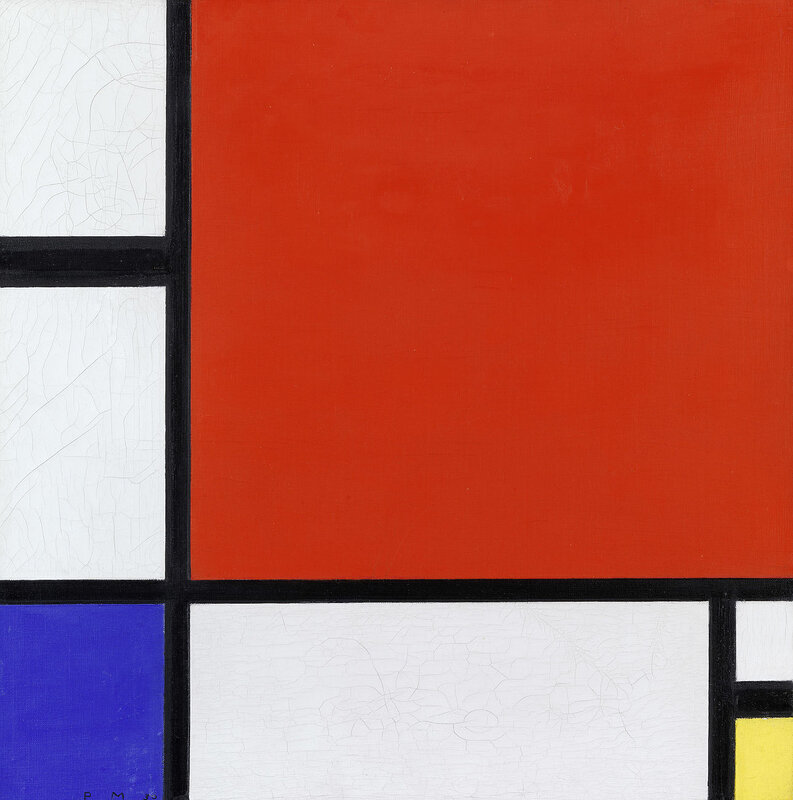



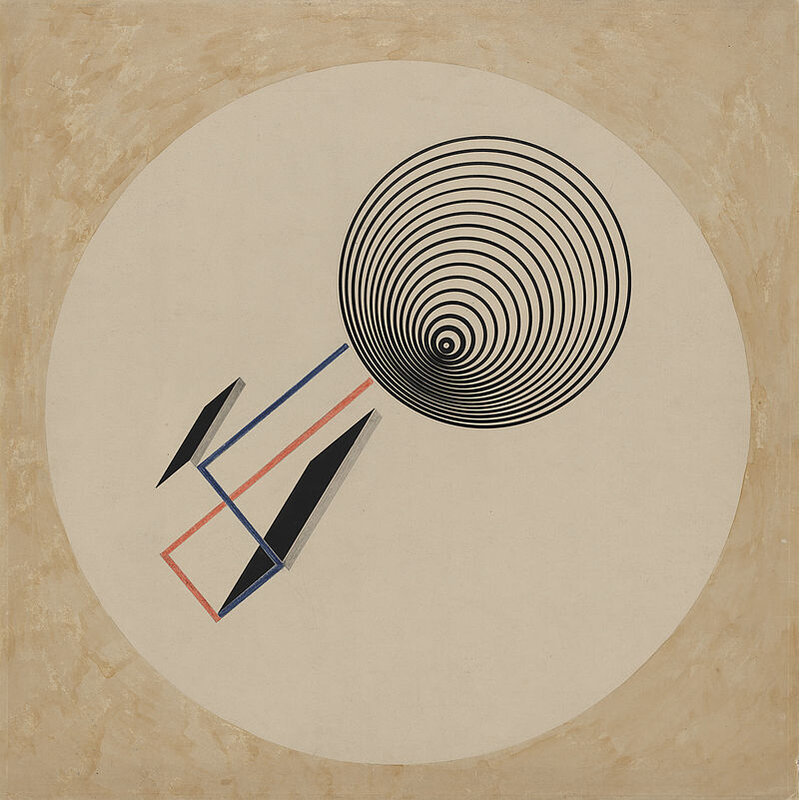




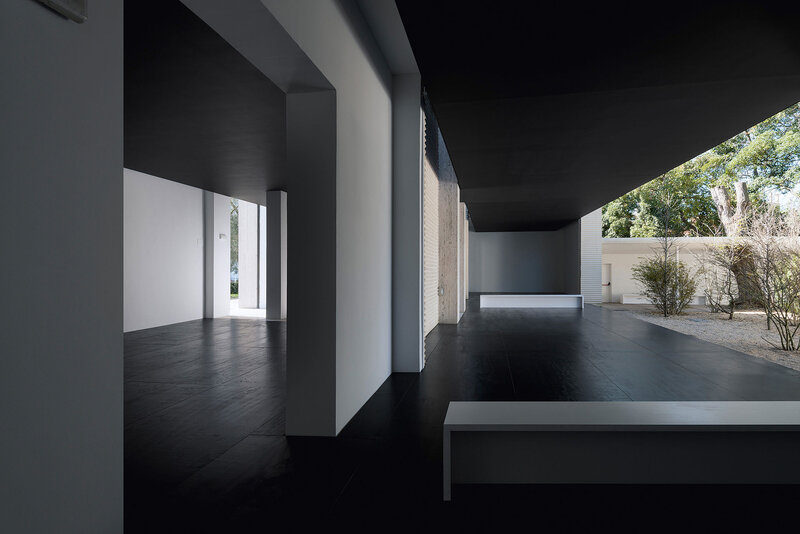




/http%3A%2F%2Fstorage.canalblog.com%2F65%2F60%2F119589%2F129176189_o.png)
/http%3A%2F%2Fstorage.canalblog.com%2F96%2F24%2F119589%2F128318484_o.jpg)
/http%3A%2F%2Fstorage.canalblog.com%2F66%2F66%2F119589%2F127181870_o.jpg)
/http%3A%2F%2Fstorage.canalblog.com%2F05%2F02%2F119589%2F121570920_o.jpg)